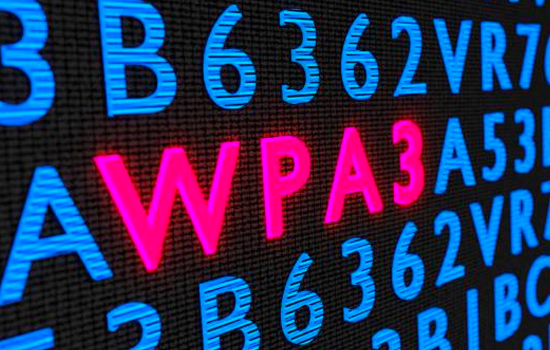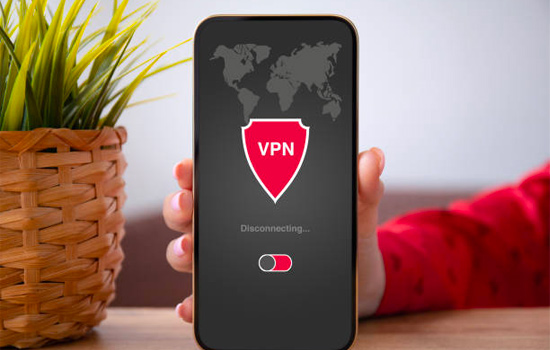Business is caught between a rock and a hard place today. On the one hand, we have an increasing demand for remote online access to business and a quantum increase in network attacks and general malware operating against corporate systems and information. Cybersecurity has become a key consideration in corporate IT strategies.
Meeting these competing demands in a time where a business might still be suffering from the financial effects of the pandemic is a difficult task.
One cost-effective way to extend a corporate network is by using WiFi to reduce new infrastructure costs. Establishing a WiFi hotspot accessible by both employees and existing and potential customers. That, however, brings a whole new raft of Cybersecurity considerations with it.
The prime cybersecurity consideration when creating a secure WiFi hotspot for business use is that it is essential to protect sensitive data and ensure a reliable and safe internet connection for employees and customers.
It’s important to recognise from the get-go that creating the hot-spot is much more than just an IT project. It is a company-wide project, enabled by executive management, and involving input from most business functions.
Here’s a step-by-step guide to help you set up a secure WiFi hotspot:
WiFi Hotspot Considerations
Choose the Right Hardware

Invest in a commercial-grade router or access point designed for business use. These devices often come with advanced security features and better performance. Ensure that the device is upgradeable, and can host new and upgraded security features without physical replacement.
It can also be useful to ensure it is capable of remote management.
Select a Secure Network Name (SSID)
The SSID is the name of your network, the one you see when you search for WiFi networks. Choose a unique and non-obvious SSID for your network. Avoid using easily guessable names, such as “BusinessWiFi” or “CompanyNameWiFi.”.
Most networks can hide the SSID from casual network sweeps of WiFi networks. Make it a hidden network, so you can manage who has access.
Enable WPA3 Encryption

Use the latest encryption standard, WPA3, to secure your WiFi network. It provides stronger protection against unauthorized access. Configure your router to use WPA3 encryption with a strong passphrase.
Change Default Credentials
Change the default login credentials for your router and access points. Use strong and unique usernames and passwords to prevent unauthorized access to your device’s settings.
Implement Network Segmentation

Separate your business WiFi network from your guest network and any IoT devices. This isolates potential security risks and ensures that sensitive business data remains protected. It should be possible to create separate networks for employee and third party use.
Enable Guest Network
As noted above, if you want to provide guest access, create a separate guest network with its own SSID and password. Isolate it from your main network to prevent unauthorized access to your internal resources.
Regularly Update Firmware
Keep your router’s firmware up to date to patch security vulnerabilities. Set up automatic updates or regularly check for updates manually.
Use Strong Passwords

Enforce strong password policies for your employees and anyone with access to the network. Encourage the use of complex, unique passwords.
Implement MAC Address Filtering
Restrict access to your network by allowing only specific MAC addresses to connect. While this can be time-consuming to manage, it adds an extra layer of security.
Set Up Firewall Rules
Configure your router’s firewall to allow only necessary incoming and outgoing traffic. Block unnecessary ports and services to reduce the attack surface.
Enable Intrusion Detection and Prevention

Consider implementing intrusion detection and prevention systems (IDPS) to monitor network traffic and block potential threats.
Regularly Monitor and Log Network Activity
Continuously monitor your network for unusual or suspicious activity. Enable logging to keep records of network events, which can be useful for security analysis.
Educate Employees
This is an absolute must. Most securioty breaches happen because of employee actions, inadvertent or malicious.
Train your employees on basic cybersecurity practices. Ensure they understand the importance of not sharing passwords and recognizing phishing attempts.
Use a Virtual Private Network (VPN)

Consider setting up a VPN for remote access to your business network. VPNs encrypt data transmission and provide an additional layer of security for remote employees.
Regularly Audit and Assess
Conduct regular security audits and vulnerability assessments to identify and address potential weaknesses in your network’s security.
Backup Your Data
Implement regular data backups to prevent data loss in case of a security breach or other unforeseen events.
Plan for Incidents
The FBI say the only secure network is one that hasn’t been hacked yet. Develop an incident response plan outlining the steps to take in case of a security breach. Be prepared to react swiftly to mitigate damage and protect your network.
By following these steps and staying updated on the latest security best practices, you can create a secure WiFi hotspot for your business that helps protect sensitive data and maintain the integrity of your network.


